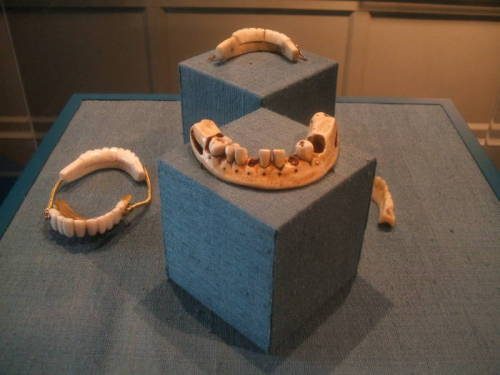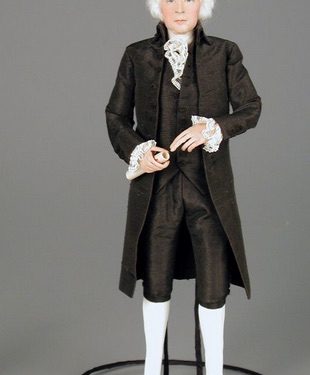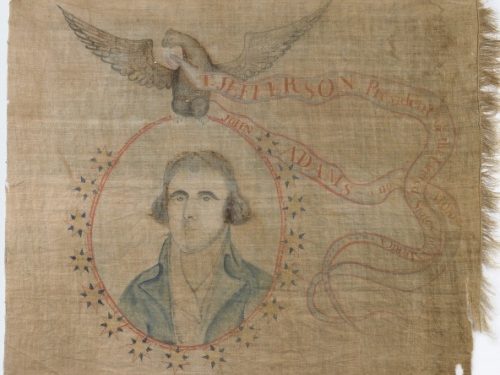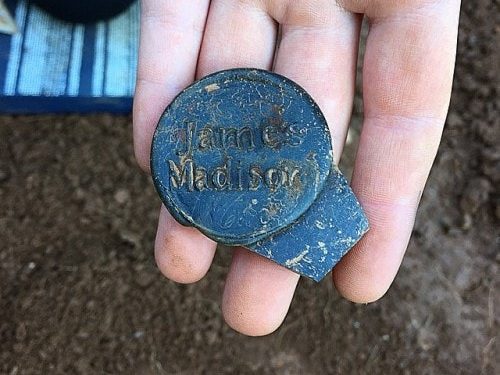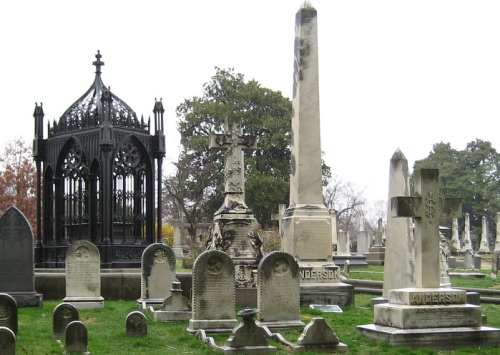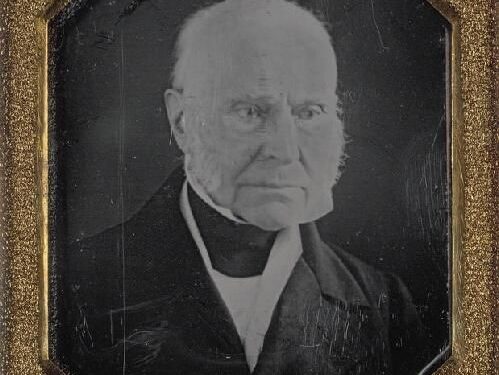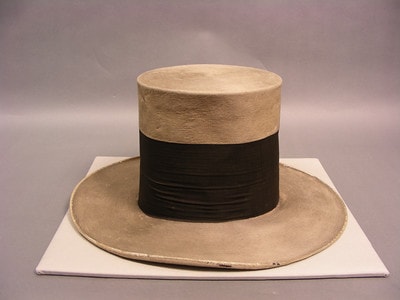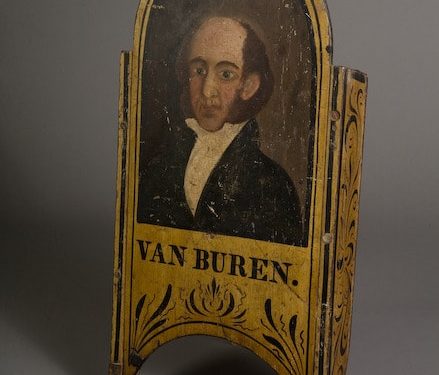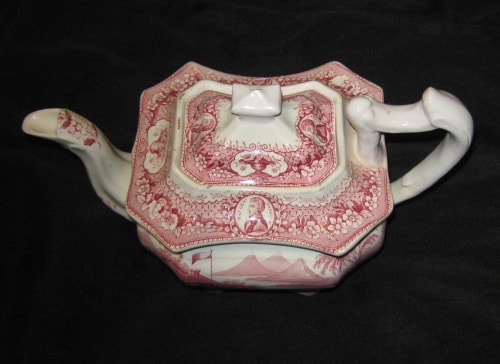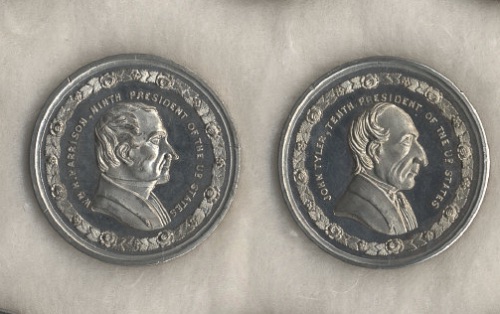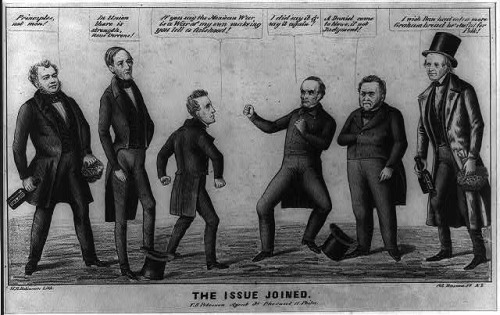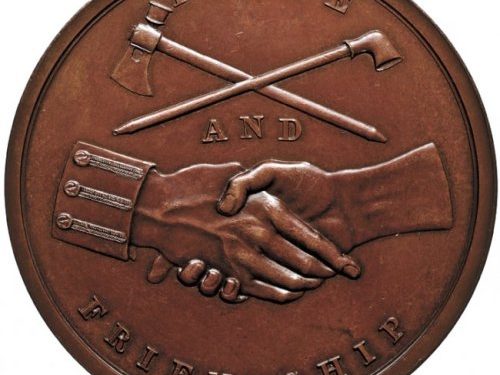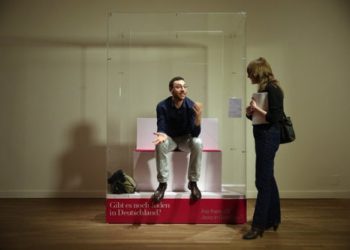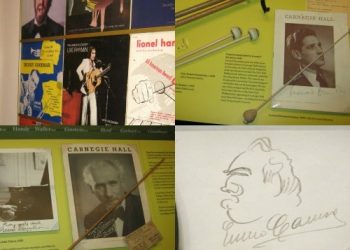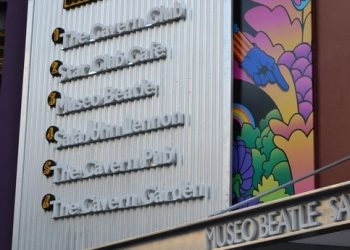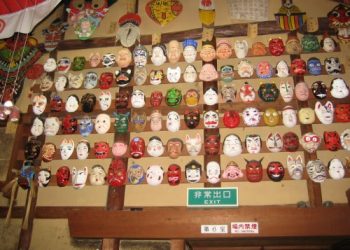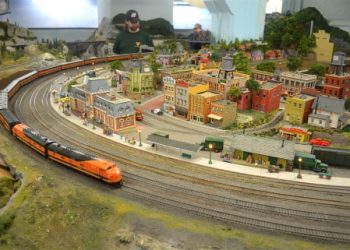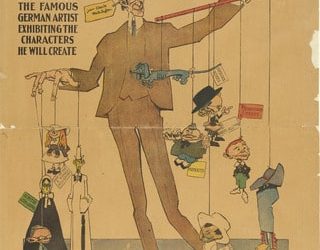Washington’s Birthday is a United States federal holiday celebrated on the third Monday of February in honor of George Washington, the first President of the United States. It’s time to learn a few things about the forty-four men who got to call themselves commander-in-chief.
Baltimore’s National Museum of Dentistry, an affiliate of the Smithsonian, displays what is probably the most famous presidential dentures of all time. Surprisingly, the four sets of George Washington’s false teeth are not made of wood, but of a more exotic material…yes, hippopotamus ivory. Washington had many illnesses throughout his life and by the time he was inaugurated in 1789 he had only one tooth left in his mouth, which shows teeth are not a presidential requirement.
The National Museum of Play in Rochester, New York houses the world’s largest collection of historical materials related to “play”. So why shouldn’t play include a doll of second president John Adams? Created by artist Dorothy Wendell Heizer in 1950, the doll is balding, just like Adams was in real life. He might have been the first president with a receding hairline but certainly will not be the last (see a picture of this guy).
Today presidential inaugurations are a bit on the pricey side costing about $180 million. In Thomas Jefferson’s time, things were a bit simpler as seen in this artifact from the Smithsonian; a hand-painted banner made for Jefferson’s 1801 inauguration. The Democratic-Republicans celebrated his election over the Federalist Party with the proclamation: “T. Jefferson President of the United States of America/John Adams is no more.”
A few years ago archaeology students excavating near the slave quarters of Montpelier discovered some interesting artifacts; fifteen James Madison wine bottle seals. In the early 19th century personalized wine markers indicated great wealth and prestige, if only because they were expensive to make. Not only do the seals give you a clue into Madison’s life, but also the enslaved community. Did the slaves take the seal as a keep-sake or hide the evidence of a broken bottle?
James Monroe is the only president to be buried in Manhattan, then dug up nearly thirty years later and reburied somewhere else, specifically Hollywood Cemetery in Richmond, Virgina (President John Tyler would be buried right next to it later on). Local architect Albert Lybrock designed a twelve-foot-tall iron structure over Monroe’s tomb, which was supposed to resemble something seen inside a European cathedral, but is now known as “The Birdcage” (not to be confused with the 1996 film).
According to today’s statistics, every two minutes, people take as many photos as were taken in the entire 19th century. Woah! That’s a lot of pictures! Believe it or not, the oldest surviving photograph we have of a president depicts him twenty years after leaving office. The lucky winner is John Quincy Adams. There are a number of daguerreotypes, all dating around the 1840s, like this one from the collection of the Missouri History Museum.
A lot of Americans dislike Andrew Jackson. He owned hundreds of slaves, banished Native Americans to the “death marches” of the Trail of Tears, and there was even talk of replacing him on the twenty dollar bill with a woman. But he was also just a guy who sometimes wore a hat, specifically a beaver felt hat made by Orlando Fish in 1829. It’s now in the collection of the Tennessee State Museum.
This painted portrait of Martin Van Buren on a sled is part of the collection of Lindenwald, Van Buren’s home in Kinderhook, New York, which appropriately is located near the Catskill Mountains. It was made in 1841, the last year Van Buren was in office as president, by artist Donald Fisher (according to the inscription on the back). Can you imagine future president Donald Trump sledding? I’d love to see his hair flying in the wind.
Although they could not vote in 1840, the women’s vote was still pretty important. For example, this porcelain teapot, on display at the Crystal Bridges Museum, was used in the presidential campaign of William Henry Harrison in his attempt to appeal to women. He ran for president in 1836 and lost to Van Buren so I can understand why he went all out his second time around, but I’m confused. Do the women said to their husbands, “I can’t vote, dear. But I really like this teapot”? It didn’t matter, Harrison died one month into his presidency.
‘Tippecanoe and Tyler Too’ was a campaign slogan for William Henry Harrison. John Tyler was the first Vice President to be elevated to the office of President by the death of his predecessor. These two medals of Harrison and Tyler, who will always be tied together, are from the U.S. Presidential Portrait Medal Series, dating from the 1860s, that are part of the collection of Cornell University Library. Random fact: Tyler, who had his last child when he was 70 years old, still has living grandchildren.
Today we live in a very divisive political environment, but something tells me it was always like this. Just look at this political cartoon from the Library of Congress: President James K. Polk confronts Senator Daniel Webster over his public attacks on the annexation of Texas and the war with Mexico. Polk warns Webster, “If you say the Mexican War is a War of my own makeing you tell a falshood!” Raising his fists, Webster retorts, “I did say it & say it again!”
At the New York Historical Society Museum, visiotrs can see a bronze President Zachary Taylor Indian Peace Medal from 1849. Some of the earliest U.S. Indian Peace Medals were hand-engraved on large, thin ovals of silver or bronze carved with the images of a president on the obverse, and the Great Seal of the United States on the reverse. This particular one shows clasped hands below a crossed peace pipe and tomahawk with the words: “PEACE AND FRIENDSHIP.” Peace medals were used to influence treaties. They made the Natives think they were quite valuable, which they weren’t.
